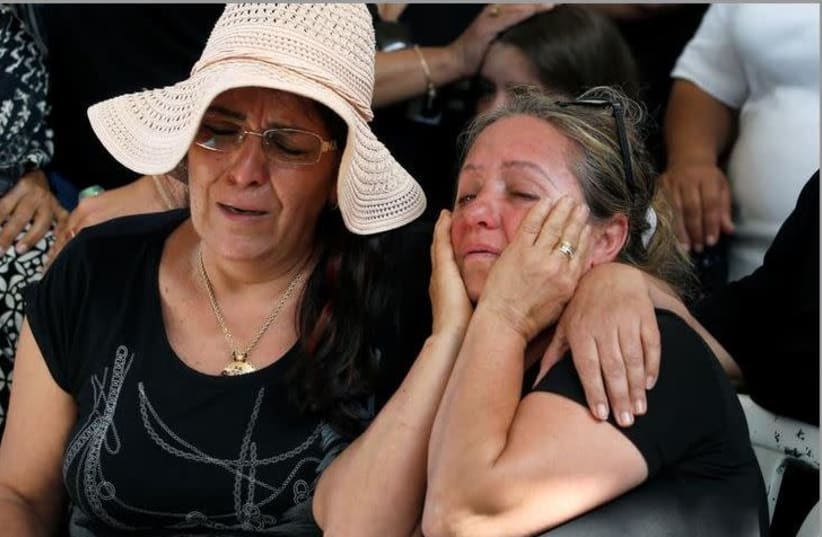In the day after the ceasefire that ended the latest short but brutal round of violence in Gaza, both sides – Israelis and Palestinians – are yet again extremely grumpy.
The frustration is understood, especially among those Israelis who live in the South and experienced almost 700 rockets in two days. But needless to say, the situation on the other side is much worse, entering the month of Ramadan in flames, with buildings collapsing after being targeted from the air.
The Israeli side, for obvious reasons, neglected to share the nature and details of the ceasefire agreement with Hamas. The Palestinian side, however, is mentioning leaked information about a dramatic increase in the monthly Qatari aid, claiming that it will now reach $40 million per month. The direct link between peace and payments makes it even more obvious that Hamas’s violence was all about the money to begin with.
The rounds of violence keep on taking the Israelis by surprise, although there is nothing surprising about them. Despite some positive economic developments in recent months, the Gazans are desperate for cash. The markets might be full with merchandise for Ramadan, but nobody can afford to buy any of it. The excuses vary, but here’s a general rule: Each time there is a setback in the transfer of money, trouble is on its way.
One can only wonder why we had to reach this point of crisis – less than a month after Prime Minister Benjamin Netanyahu had to abruptly leave Washington only days before Israel’s general elections, skipping his annual speech at AIPAC’s Policy Conference for the same exact reason – with hundreds of rockets fired by Hamas into Israel. If Israel’s strategic choice is a long-term ceasefire in Gaza, why let it collapse every few weeks?
The naturally critical Israelis are not the only ones asking these questions. Gazans are also asking. As opposed to previous rounds of war, there was very little enthusiasm or militarism in the street. People just failed to understand what was going on and how, once again, we got to this point. Add to the general sense of gloom the fact that there was very little support from outside: the West Bankers, under Palestinian Authority President Mahmoud Abbas’s rule, were minding their own business. Only a handful of people showed up in the center of Ramallah at a rally that was supposed to show solidarity with the other half of the Palestinian people.
Either people were too busy shopping for Ramadan, preferred not to be seen as supporting Hamas, or just didn’t care enough. What was formerly known as “the Arab street” showed a similar vibe. It was hardly a leading news item, and the Saudi-affiliated media and social media kept on blaming Hamas and its allies Iran and Qatar for the situation: “How many Iftar meals could you buy with the money it cost to launch all these rockets toward Israel?” wondered a Lebanese TV star.
The indifference in the Arab world might also have bad implications. The people in Gaza feel isolated, deserted. As a result, there is very little positive leverage on them. The Iranians are likely to push Palestinian Islamic Jihad and Hamas to punish Israel as things get harder for them with the Trump administration. The Qataris are mostly playing the role of an ATM machine, and the Egyptians have their own interests in the game that sometimes collide with Israeli ones. Add to all this the internal pressure Hamas is facing from hungry Gazans – backed by the PA that already took it to the streets recently – and you can rest assured that unless the broken diplomacy will be dramatically fixed, the next round is on its way.
